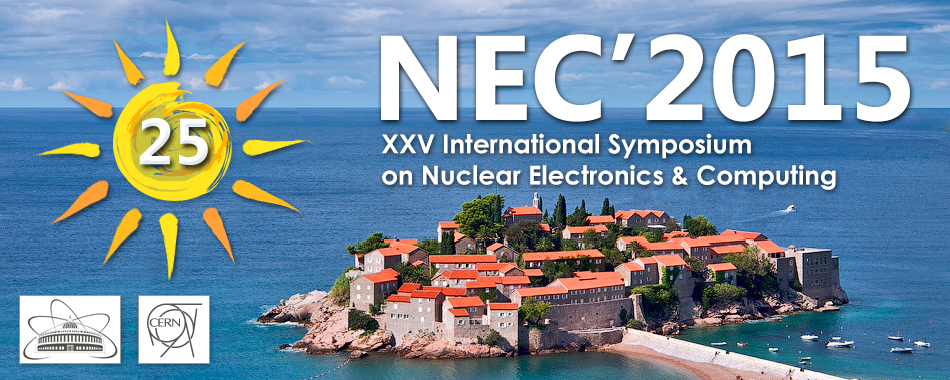Speaker
Prof.
Yury Panebrattsev
(JINR)
Description
Modern education assumes significantly expand cooperation of universities with leading scientific centers for the training of highly qualified specialists. This report focuses on the MEhI and JINR joint project for the STAR experiment at RHIC (Brookhaven National Laboratory).
The STAR experiment is one of the leading international collaboration in the field of modern nuclear physics. Many exiting discoveries, including new state of matter “Perfect liquid”, observation of antimatter helium-4 nucleus and strange antimatter, there were done.
STAR is composed of 56 institutions and universities from 11 countries, with a total of 557 collaborators. Students of these universities are actively involved in all stages of the experiment, and use the results of this work in the preparation of master's and PhD theses.
The goal of this project is to attract new students to this exciting research and the inclusion of the results of the STAR experiment in the educational process.
Using educational materials from our web resource, students and teachers could get much interesting information about various modern experiments, facilities and international collaborations.
There are following subsections:
• General information about STAR;
• Scientific Highlights;
• STAR detectors subsystems (General Info, Technical info, Operating principle, Photos);
• Instruments and methods for data analysis;
• Trigger system;
• Control Room;
• Virtual labs based on real experimental data;
• Online STAR data structure (STAR data structure, Online Meta-data Collection and Monitoring Framework for the STAR Experiment at RHIC, Remote online analysis);
• Contact Information for Students.
Most articles are visualized with interactive animations and 3D models that aimed at enhancing student’s understanding of educational material and engagement in the process of science.
Currently a lab used experimental data on the gold-gold collisions at different energies from 7.7 to 200 GeV to study production of antiprotons at RHIC collider is realised. As instrument for the complex study of events it is developed the module to visualize events using interactive 3-D graphics.
Furthermore it provides students from various universities of new educational resources appropriated to their level of education; allow to create community of students from different countries and universities interested in working on this area of science, will form a community of learners and teachers.

